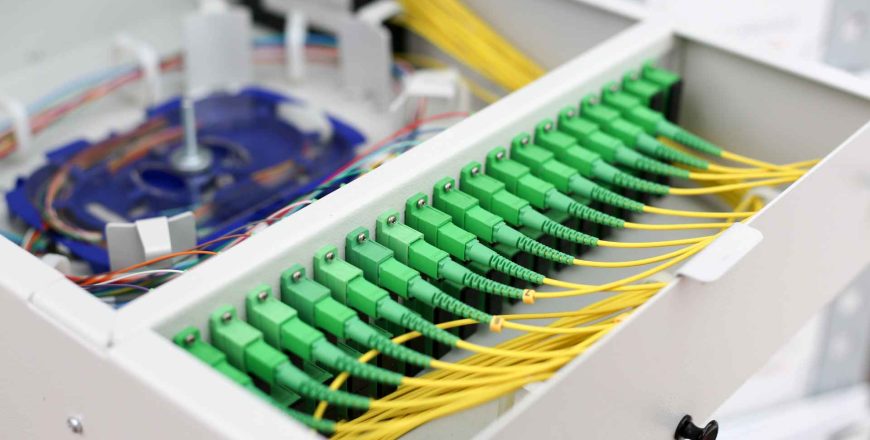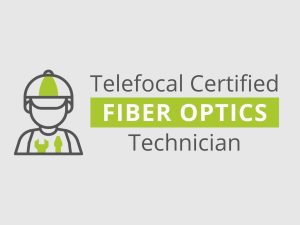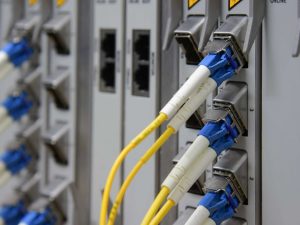Next Generation Access Network (NGAN) Planning – FTTX/GPON

Course Overview
The development of optical access network (NGAN – Next Generation Access Network) can be implemented with different architectures (FTTx): with fiber links up to the cabinet (FTTC) or to the building (FTTB), or directly to the home (FTTH). Each solution, moreover, can be made with different topologies and technologies: point-to-multipoint (P2MP) with PON systems or point-to-point (P2P) with ethernet systems.
The course describes the different architectures, highlighting the advantages and disadvantages of various solutions. The key criteria of optical distribution network (ODN) planning, designing, and construction are explored and some case studies are proposed. The main guidelines of network operation and maintenance are described.
Target Audience
This course addresses the needs of telecommunications operators involved in the development and management of NGAN networks. It is suitable for network engineers and managers.
Duration & Training Format
- Classroom: 5 days
- LIVE Virtual: 35 hours
*Note:
- A minimum of 8 or more participants is required for a Classroom session to commence.
- A minimum of 6 or more participants is required for a LIVE Virtual session to commence.
- LIVE Virtual courses can be conducted for 5 hours or 7 hours daily. Please note that the number of training days will be extended if you opt for 5 hours daily.
Upcoming Course Dates
There are no upcoming course dates currently scheduled for this course. If you are keen on attending this course, please register your interest via our course enquiry form for us to open a Classroom/LIVE Virtual class schedule for this course.
Course Objectives
At the end of the training, the participants will be able to:
- Describe copper access network and DSL systems evolution
- Describe the basics of fiber optic networks and systems
- Describe optical access network evolution
- Describe and compare the different NGAN architectures and technologies
- Understand network elements and construction techniques for ODN development
- Provide knowledge and basic criteria for ODN planning, design, and management
Key Benefits
Participants will learn the requirements of GPON networks in addition to exploring advanced topics. Upon completion of the course, participants will be able to carry out the designing and planning of GPON and FTTx.
Course Outline
- Traditional Access Network
- Copper Network
- Digital Systems
- Optical Fiber Network
- Facilities Construction
- Fibers and Optical Systems
- Optical Fibers
- Passive Components
- Active Components
- Optical Systems
- Optical Layer
- Introduction to Optical Layer
- Optical Fiber in Transport
- Optical Fiber in Access
- Connectors and Splices
- WDM Devices and Optical Filters
- Passive Optical Splitters
- Power Budget
- Coexistence
- Optical Transmitters
- Optical Receivers
- GPON Transceiver Modules
- Optical Amplifiers
- Reach Extension
- Network Evolution and Broadband Needs
- TLC Evolution
- Broadband Need Growth
- The Renaissance of Copper (SHDSL, ADSL, VDSL, GFast Systems)
- New Optical Network Materials (Minicable, Miniduct, Microcable, Microduct)
- NGAN Architectures Comparison: FTTC, FTTB, FTTH
- Active Optical Network (AON)
- Passive Optical Network (PON)
- P2P with Fast Ethernet or Gigabit Ethernet Equipment
- P2MP with GPON or EPON Equipment
- ODN Planning
- Strategic Planning
- High Level Planning
- Detailed Network Planning
- ODN Construction and New Installation Techniques
- Mini-trenches
- Micro-trenches
- Guided Horizontal Drilling
- Minitubes Installation in Traditional Underground Facilities
- Aerial Installation
- ODN Components for FTTx
- OFC Underground, Aerial/Overhead, Indoor, Outdoor
- ODF Types
- Centralized Splitters
- Cascaded Splitters
- Merits and Demerits of Centralized and Cascaded Splitter
- Feeder Cable
- Distribution Cable
- Drop Cable
- Aerial Cables
- In-house Cables and In-house Cabling
- In-house Cabling Reference Model
- Building Entry Point (BEP)
- Floor Distributor (FD)
- Joint Box: Types and Locations
- Outdoor Cabinets
- Connectors and Rosettes
- Distribution Closure
- Drop Closure
- ONT and Different Types
- ONT Box with Accessories
- ODF
- Racks and Internal Cabling
- Labelling and Tagging Best Practices for ODN Components
- ODN Management
- Operation and Maintenance General Guidelines
- Network Mapping and Inventory
- Network Testing
Note: A Certificate of Completion will only be issued upon achieving at least 75% attendance for the course.
Pre-requisites
It would be beneficial for participants to possess a good understanding of basic communications principles.



